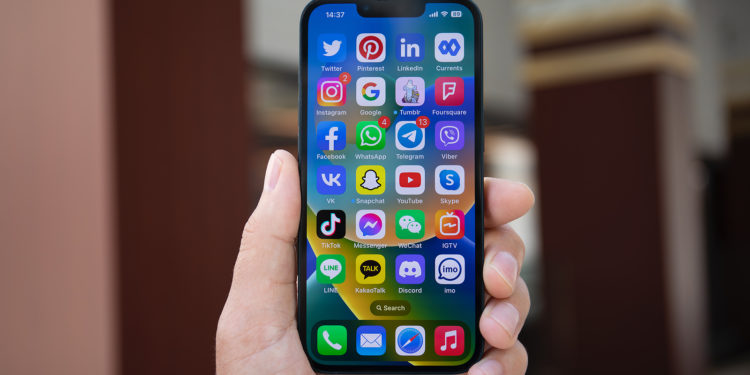The iPhone SE 4, also known by the codename “Ghost,” is set to see significant changes in both design and hardware. In this article, we dive into the details of this upcoming Apple device to see what it could have in store for users.
In the ever-evolving world of technology, innovation is a key to delighting users. The iPhone SE 4 is expected to set a benchmark and offer a mix of tried and tested features and exciting new features. We take a closer look at what we know about this device so far.
What can we expect from the iPhone SE 4?
The iPhone SE 4 is expected to use a design that is closely based on the iPhone 14 – so MacRumors. This includes, among other things, using the iPhone 14 body and retaining iPhone 14 test parameters for internal testing. One of the notable changes to the body will be the introduction of an Action button, similar to that found on the iPhone 15 Pro. This multi-purpose button offers a variety of configuration options to suit user needs. Another significant step is the introduction of a USB-C port to comply with EU regulations. This port, internally referred to as E85, will make its way to the iPhone SE 4. Apart from these changes, the iPhone SE 4 body is expected to remain largely unchanged compared to the iPhone 14.
Better camera, Face ID and more
The back of the device will have a single camera, and the design of the camera bump has not yet been finalized. So far, there are at least five different design variants that differ slightly. The iPhone SE 4 is expected to get a 48-megapixel rear camera, a significant improvement over the current model. In addition, the device will use a new OLED panel from the iPhone 14 and will forego the Touch ID home button, instead using Face ID as a biometric identification method. This is Apple's Face ID, internally referred to as "Pearl", and the associated hardware. Apple is also testing its own 5G modem, codenamed "Sinope", on the iPhone SE 4, which shows that this device plays an important role in the launch of the new hardware. The original plans to only use the new 5G modem in the iPhone 16 have been changed, and Qualcomm will supply smartphone modems for Apple until 2026. (Photo by DenPhoto / Bigstockphoto)





